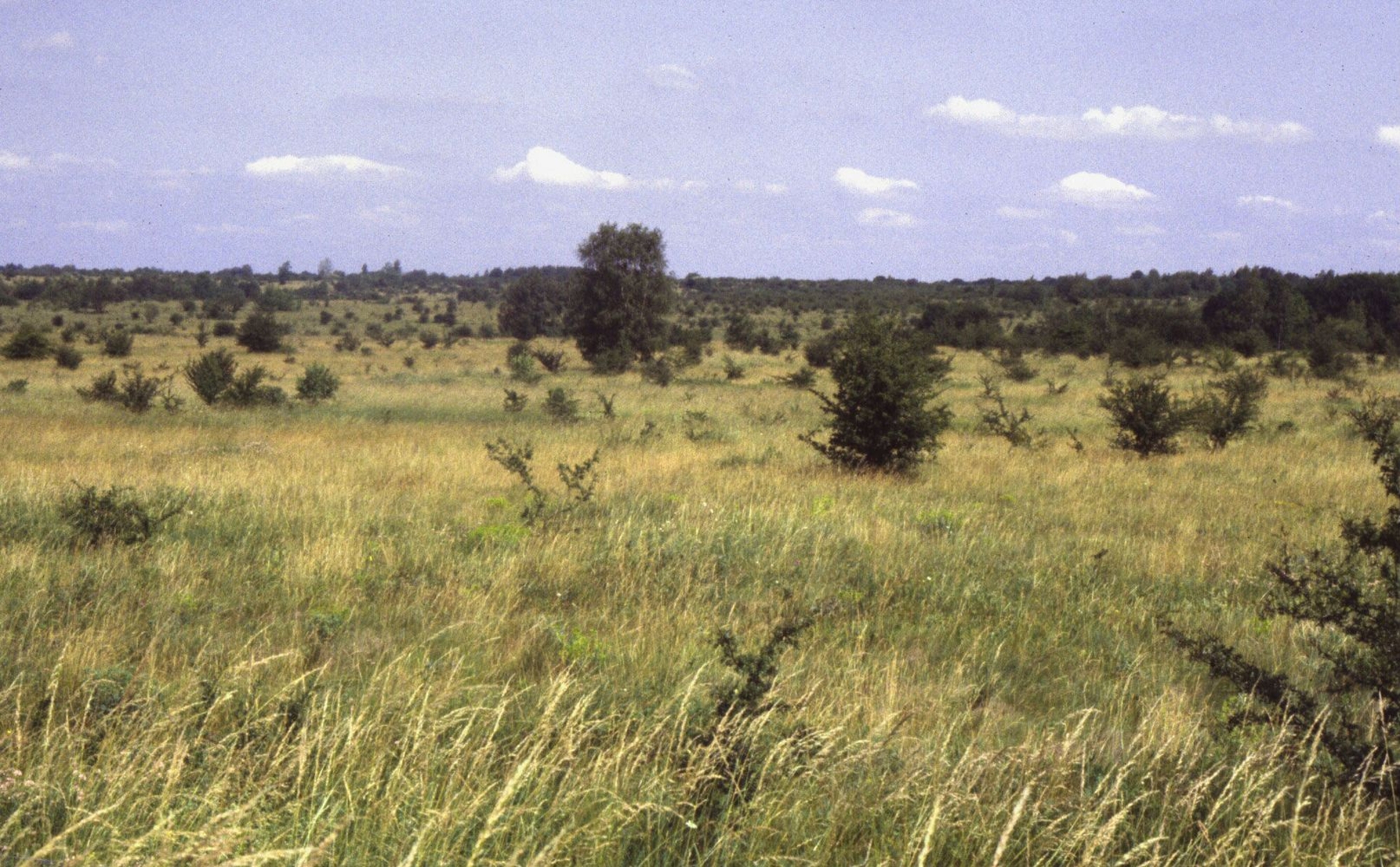
- Home
- Environment
- The geological context
The Rethel region is part of the great Champagne plain which has a chalky subsoil and is generally known as "Champagne Ardennaise".
To the East this area is bordered between Semide and Mont-Laurent by the Côte de Champagne (Turonian cuesta). North of the Aisne, the Sery and Chaumont hills, and the "Haut Porcien" (Lower Cretaceous) are the beginnings of the Ardennes mountains (Oxfordian). The landscape is slightly more hilly than south of the river where the wide undulating stretches of the immense plain (Higher Cretaceous) are criss-crossed by winding rivers like the Retourne which flows into the Aisne at Neufchâtel-sur-Aisne. The soil is leached and the lime-rich loam is never more than 30 to 40 cm deep. During the Quaternary period, phases of freezing and thawing disturbed pockets of chalk, transforming these chalk faults into granules a few millimetres in diameter, known as graveluche, often merged into areas several metres thick.
In the valley, the alluvial gravels of the Quaternary lie underneath layers of silty loam which can be more than one metre thick. Ideal grazing land, most of this area is now used for growing crops, mostly maize.
The archaeological structures dug into these fairly compact chalky soils on the great plain have been covered with thin layers of humic deposits, making this region particularly suited to aerial surveying.





